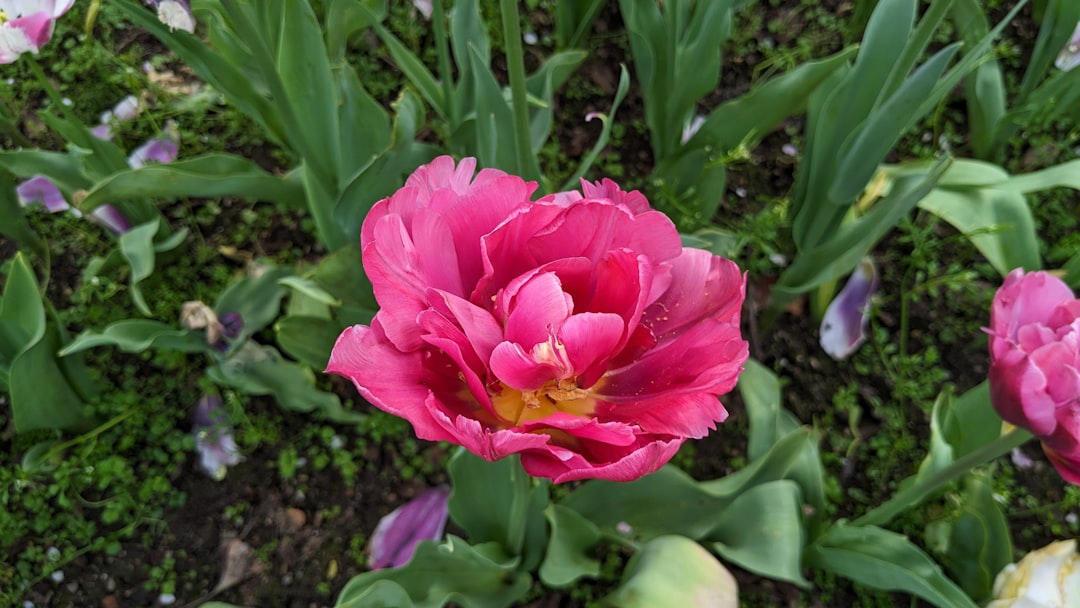Unveiling the Mysteries of Spider Plant's Brown Tips

Spider plants are a popular choice among houseplant enthusiasts, known for their air - purifying qualities and easy - to - care - for nature. However, it can be disheartening to notice brown tips on the leaves of your beloved spider plant. In this article, we will explore the most common causes of these brown tips and how to correct them, ensuring your spider plant thrives.
One of the primary causes of brown tips on spider plant leaves is water quality. Tap water often contains chemicals such as chlorine and fluoride. These chemicals can build up in the soil over time and cause damage to the plant. Chlorine is added to tap water to kill harmful bacteria, but it can be toxic to plants. Fluoride, on the other hand, can accumulate in the leaf tips, leading to browning. To avoid this problem, use distilled water or rainwater for watering your spider plant. If using tap water is unavoidable, let it sit out overnight. This allows the chlorine to evaporate, reducing its negative impact on the plant.
Another significant factor is improper watering. Over - watering can lead to root rot, which in turn affects the plant's ability to absorb nutrients and water properly. When the roots are damaged, the plant may not be able to transport water to the leaf tips, resulting in browning. On the contrary, under - watering can also cause brown tips. If the soil becomes too dry, the plant will start to conserve water, and the leaf tips are often the first parts to suffer. To water your spider plant correctly, check the soil moisture regularly. Stick your finger about an inch into the soil. If it feels dry, it's time to water. Water thoroughly until water drains out of the bottom of the pot, but make sure the pot has proper drainage to prevent waterlogging.
Humidity levels also play a crucial role in the health of spider plants. Spider plants are native to tropical and subtropical regions, where the air is relatively humid. In a typical indoor environment, the air can be quite dry, especially during the winter months when the heating is on. Low humidity can cause the leaf tips to dry out and turn brown. To increase humidity around your spider plant, you can use a humidifier. Alternatively, you can place a tray filled with water and pebbles near the plant. As the water evaporates, it will increase the humidity in the immediate area. Grouping plants together can also create a micro - environment with higher humidity.
Nutrient deficiency can be another culprit. Spider plants need a balanced supply of nutrients to grow healthily. A lack of essential nutrients such as nitrogen, potassium, or magnesium can lead to various problems, including brown leaf tips. You can use a balanced, water - soluble fertilizer during the growing season (spring and summer). Follow the instructions on the fertilizer package carefully to avoid over - fertilizing, which can also damage the plant.
Lastly, the location of the plant can affect its health. Spider plants prefer bright, indirect light. If they are placed in direct sunlight, the intense rays can scorch the leaves, causing brown tips. On the other hand, if the plant is in a very dark location, it may not be able to carry out photosynthesis effectively, leading to weak growth and brown tips. Find a spot in your home where the plant can receive filtered sunlight, such as near a north - facing window or a few feet away from a south - or west - facing window.
In conclusion, caring for a spider plant with brown tips requires a holistic approach. By addressing issues related to water quality, watering frequency, humidity, nutrient supply, and light conditions, you can help your spider plant regain its health and beauty. With a little attention and care, your spider plant will continue to be a lovely addition to your indoor garden.